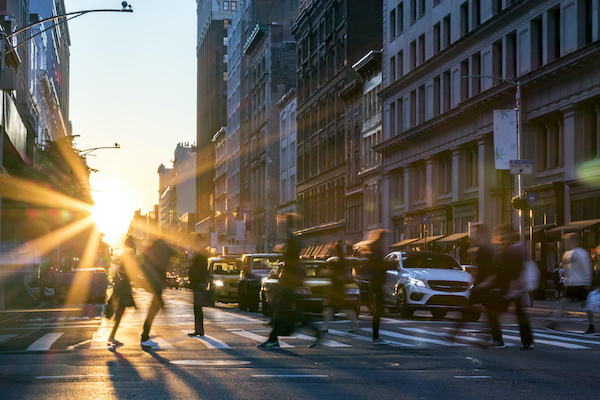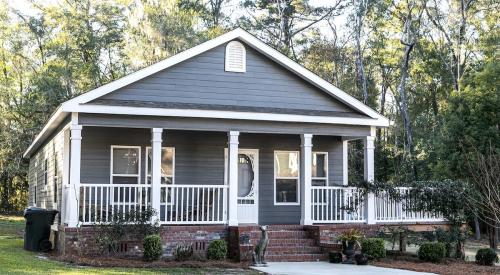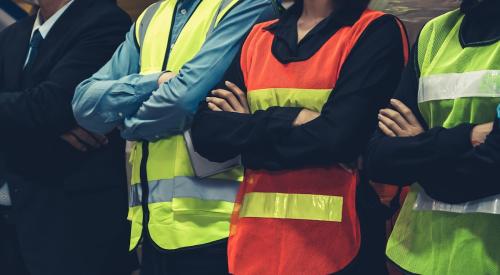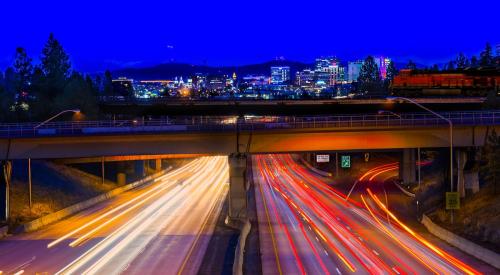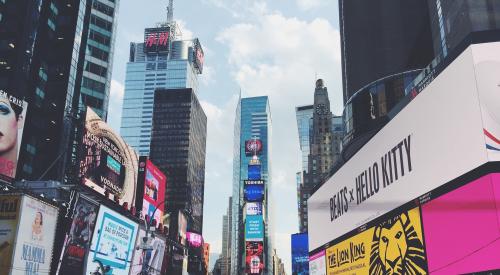For employees who cannot work remotely, proximity to job sites has emerged as a motive for moves. Many rely on New York City’s public transportation system for commutes, but its protection against COVID-19 is debatable. This has resulted in workers relocating closer to work in order to forgo their use of public transportation entirely, according to the New York Times. In recent years, 56% of New Yorkers reported using public transit to get to work but subway ridership dropped by 90% in April. Some real estate agents say that although demand for “work” neighborhoods are overall lower, the demand for the area from essential workers is high.
Recent figures from the real estate data site UrbanDigs, examining the ratio of new listings to contracts signed, show that so far this year, pending sales of homes within a 10-minute walk to “work” neighborhoods have fallen 34 percent from the market average. (“Work” neighborhoods are defined as those dense with office buildings, such as Midtown and the financial district. Meanwhile, pending sales in “neutral” neighborhoods, which are more than a 10-minute walk from a concentration of schools or office buildings, have risen 16 percent.) That’s not surprising — many people who are working remotely or who have lost their jobs aren’t looking to move into crowded neighborhoods right now. But real estate agents say that among workers who must travel to work — as well as some who know they’ll be returning to their offices eventually — demand in these areas is robust.
At an available one-bedroom co-op unit on East 57th Street, listed in the high $500,000s, many prospective buyers specifically have mentioned proximity to their Midtown offices, said the listing agent, Ryan Aussem, of Brown Harris Stevens. “People state it like it’s normal now: ‘I will go back to work at some point; I am looking where I won’t have to rely on public transportation.’”
